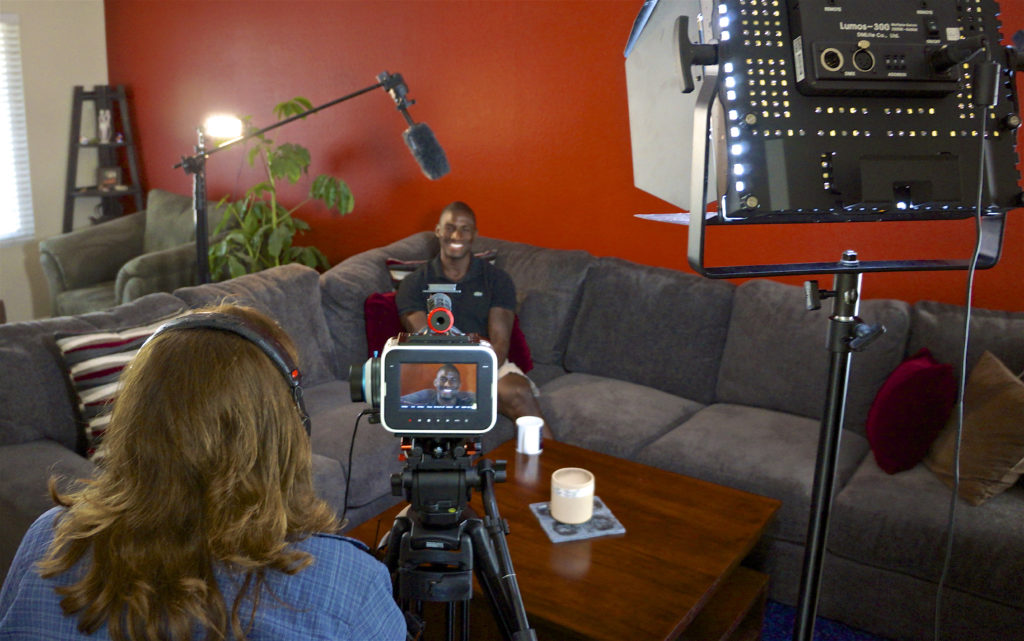Beyond specific NLE implementations, ML is making it’s way into almost every part of the productions process: storyboarding, production breakdowns, voice casting, digital sets, smart cameras, synthetic presenters, digital humans, voice cloning, music composition, voice overs, colorizing, image upscaling, frame rate upscaling, rotoscoping, background fill, intelligent reframing, Aging, de-aging and digital makeup, “created” images and action, Logging and organization, automatic editing (of sorts), temporization of production, analytics and personalization, storytelling, and directing.
That’s a lot, and it’s only the examples that I’ve kept records of! I’m sure there are many more I’ve missed here.
This is a very detailed article, ultimately running to 12 posts. If you would prefer a briefer version I wrote an overview at the Frame.io blog. This version includes a lot more examples and references.

